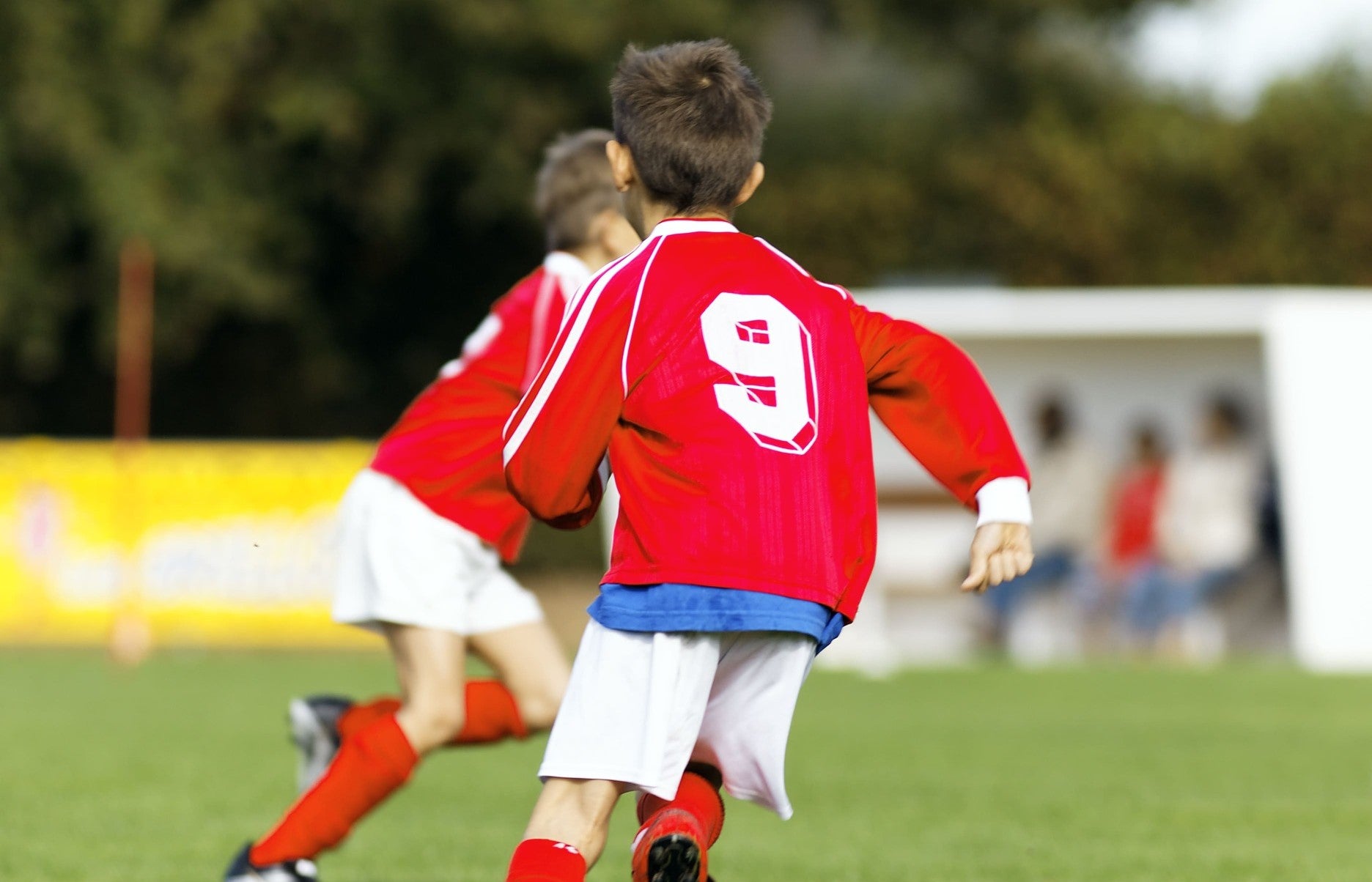Artículo: The Effect of Staphylococcus Aureus on High School Athletes: Understanding the Risks and Prevention Strategies

The Effect of Staphylococcus Aureus on High School Athletes: Understanding the Risks and Prevention Strategies
High school athletes put their heart and soul into the sports they play, dedicating countless hours to training and competition outside of the classroom. However, amidst the exhilaration of the game, there is a lurking danger that can significantly impact their performance and well-being: Staphylococcus aureus. This bacterium, commonly found on the skin and sports equipment, can lead to serious infections if not properly addressed. It is important for coaches, parents, and athletes to understand the effects of Staphylococcus aureus on athletes, the potential risks involved, and prevention strategies to safeguard their health.
Understanding Staphylococcus Aureus:
1. Staphylococcus aureus, or "Staph" for short, is a bacterium that can cause various infections, ranging from minor skin conditions to life-threatening illnesses. It can enter the body through cuts, abrasions, or direct contact with contaminated surfaces. High school athletes, due to their active lifestyles and close contact during practices and games, may be more susceptible to Staph infections.
Common Staph Infections in Athletes:
2. Staph infections affecting high school athletes often manifest as skin infections, such as impetigo (a highly contagious skin condition), boils, or cellulitis (skin inflammation). These infections can be painful, unsightly, and may require medical attention. In severe cases, Staph can invade the bloodstream, leading to more serious conditions like sepsis or pneumonia, which can have long-term consequences for the affected athletes.
Contributing Factors:
3. Several factors increase the risk of Staph infections among high school athletes. These include frequent skin-to-skin contact, sharing of personal items like towels or equipment, inadequate hygiene practices, compromised skin integrity, and crowded environments like locker rooms. Additionally, the overuse or improper administration of antibiotics can contribute to the development of antibiotic-resistant strains of Staph, such as Methicillin-Resistant Staphylococcus Aureus (MRSA), making treatment more challenging.
Prevention Strategies:
4. To mitigate the risk of Staph infections among high school athletes, the following prevention strategies should be implemented:
a. Educate Athletes and Coaches: Promote awareness about Staph infections, emphasizing the importance of good hygiene, proper wound care, and avoiding sharing personal items.
b. Practice Good Hygiene: Encourage athletes to wash their hands thoroughly with soap and water, especially before and after practice or games. Regular showers, clean towels, and fresh clothing can help reduce the chances of bacterial colonization.
c. Clean and Disinfect Equipment: Regularly clean and disinfect sports equipment, including helmets, pads, and gym equipment, using appropriate disinfectants. This helps eliminate Staph bacteria from surfaces that athletes come into contact with.
d. Promote Proper Wound Care: Encourage athletes to promptly clean and cover any cuts, scrapes, or skin abrasions to prevent Staph from entering the body. Emphasize the importance of seeking medical attention if an infection is suspected.
e. Maintain Clean Environments: Ensure locker rooms, showers, and common areas are cleaned regularly and maintained in a sanitary condition. Adequate ventilation and proper hygiene practices within these spaces are crucial.

